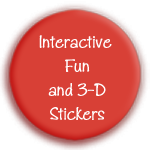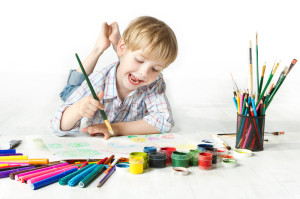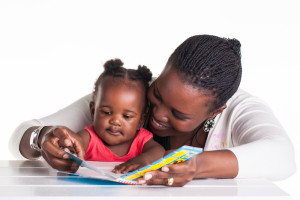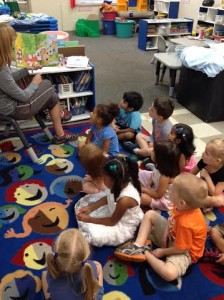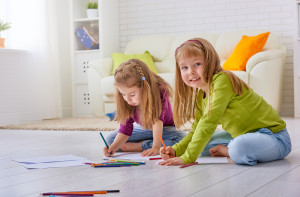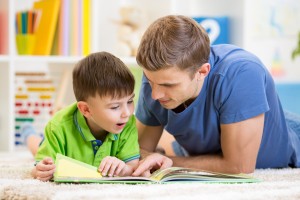 New Year’s Eve is a traditional time to celebrate new beginnings. Whether it’s our diet, attitude, work ethic, or goal to spend more time with the family, new resolutions are wonderful to make with the ones you love and for yourself. We not only benefit from New Year’s resolutions; our children can also learn a lot about themselves and the value of making goals. Children ages 7-12 are able to understand the benefits of setting resolutions, with the help from their parents.
New Year’s Eve is a traditional time to celebrate new beginnings. Whether it’s our diet, attitude, work ethic, or goal to spend more time with the family, new resolutions are wonderful to make with the ones you love and for yourself. We not only benefit from New Year’s resolutions; our children can also learn a lot about themselves and the value of making goals. Children ages 7-12 are able to understand the benefits of setting resolutions, with the help from their parents.
Making new years resolutions with your children is a fun time for growth and change, and an opportunity for family bonding. Read our 3 tips on how to make New Year’s resolutions a positive experience for your family and to help your kids keep in touch with their goals all year long.
3 Tips for Making New Years Resolution as a Family
1. Involve the Whole Family
The best way to teach your children the importance of goal setting is by making it part of the family tradition for everyone. Gather together as a family and reflect on the past year. Talk about everyone’s accomplishments and goals for the New Year. Do this for each person and also talk about goals for the whole family. Go over your past resolutions and talk about why some worked and others didn’t.
Some family goal ideas are taking an annual trip together, doing a game night once a week, reading more books together, or volunteering. Think outside the box and get creative!
2. Be a Role Model
If you take the lead in goal setting, your children will more likely follow. Promote good heath and goal setting by example every day. Involve them in conversations about your goals. For example, “I’m going to read a book every month this year because reading is good for me. Do you want to join me?”
As parents, it’s important to practice what you preach and be what you want your kids to be when they grow up.
3. Shorten the List
Two to three resolutions for the year is a good amount. You don’t want to write down 12+ ideas, as you will get overwhelmed. Help your kids narrow down their lists by having them pick 6 goals and you choose the 3 they should focus on.
Some realistic resolutions for kids might be “I’m going to keep my room cleaner,” “I’m going to be a better sibling,” “I’m going to read more,” or “I’m going to get better at baseball.” Make sure to break down these broad goals into simpler and doable steps.
We hope these three steps will help you and your family come up with fantastic resolutions for the New Year. Meeting goals is wonderful for a child’s self-esteem and growth. Share with us your 2016 resolutions and ones you accomplished in 2015! Happy New Year!






